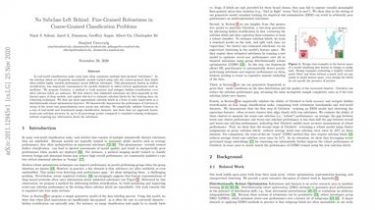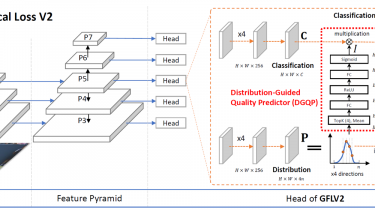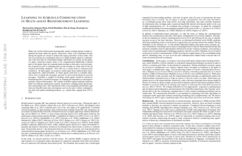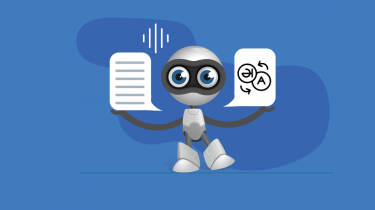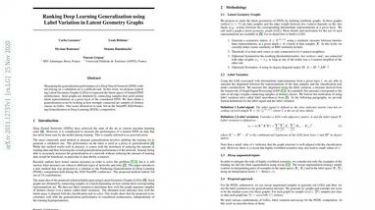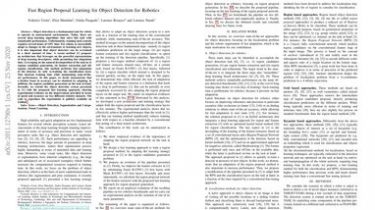No Subclass Left Behind: Fine-Grained Robustness in Coarse-Grained Classification Problems
In real-world classification tasks, each class often comprises multiple finer-grained “subclasses.” As the subclass labels are frequently unavailable, models trained using only the coarser-grained class labels often exhibit highly variable performance across different subclasses… This phenomenon, known as hidden stratification, has important consequences for models deployed in safety-critical applications such as medicine. We propose GEORGE, a method to both measure and mitigate hidden stratification even when subclass labels are unknown. We first observe that unlabeled subclasses are often separable in […]
Read more